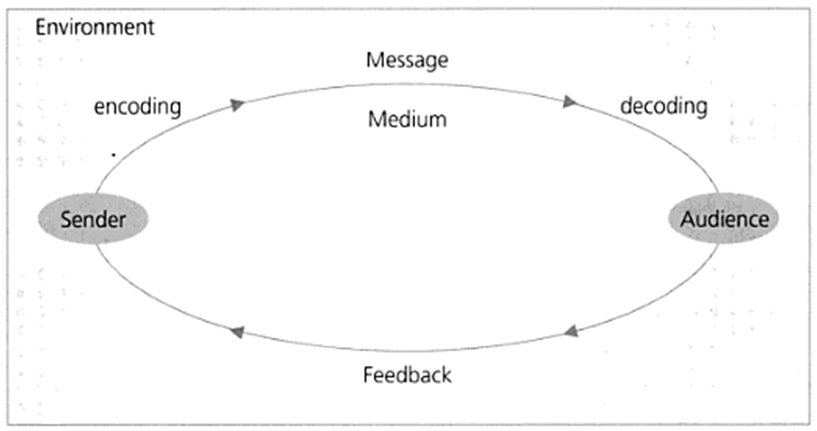Model of Interpersonal Communication
The model of interpersonal communication assists in comprehending elements and interactions relevant to the communication process. Communication models can be linear or cyclical.
The Model of Interpersonal Communication illustrated below acknowledges communication as a continuous process and appreciates the impact of each element on the overall outcome of communication.
Source: Cleary (2008)
Sender
In the process of communication the sender is an individual that initiates the communication in the first place. Also, specified as source, encoder or communicator, the sender has the primary responsibility of the contents of the message.
Medium
Medium in a communication process can be explained as a form in which the message is transmitted by a sender to a receiver. Medium can be divided into two categories: written and spoken. Written medium include book, letter, e-mail, fax, memo and any other written format, whereas spoken mediums include but not limited to lectures, presentations, interviews, telephone conversations and others.
The choice of medium in communication depends on a wide range of factors that include the duration of time available, the level of importance of the message, geographical distance between sender and receiver, and cost considerations.
Audience
Receiver, also referred to as an audience is the individual to whom the message is directed by the sender. Communication outcome depends on the ability of the receiver to understand the message. The manner in which receiver comprehends the message depends on individual life experiences and cultural background.
Decoding
Decoding comprises the process of receiving, interpreting and comprehending the message by receiver. A range of factors impacting this stage of the communication process include the type of message, the quality of the use of language by the sender, possible emotional barriers and others.
Feedback
Feedback can be explained as the response of the receiver to the message.
The importance of the feedback in organisational communication relates to improvement of the quality of communication. Employees have to play an instrumental role in improving the quality of communication by providing feedback to their management in a regular manner.
References
Cleary, S. (2008) “Communication: A Hands-on Approach” Juta

